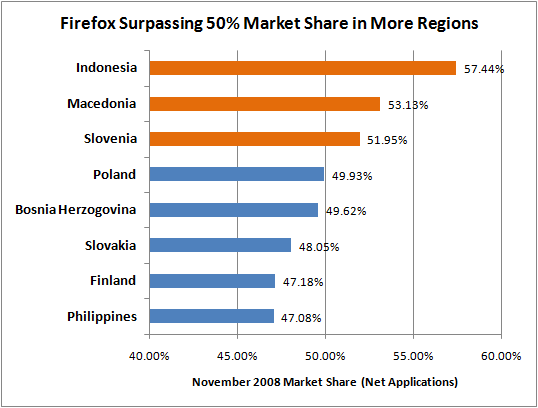
SAN FRANCISCO — The Bush administration on Tuesday will try to convince a federal judge to let stand a law granting retroactive legal immunity to the nation's telecoms, which are accused of transmitting Americans' private communications to the National Security Agency without warrants.
At issue in the high-stakes showdown — set to begin at 10:00 a.m. PST — are the nearly four dozen lawsuits filed by civil liberties groups and class action attorneys against AT&T, Verizon, MCI, Sprint and other carriers who allegedly cooperated with the Bush administration's domestic surveillance program in the years following the Sept. 11 terror attacks. The lawsuits claim the cooperation violated federal wiretapping laws and the Constitution.
In July, as part of a wider domestic spying bill, Congress voted to kill the lawsuits and grant retroactive amnesty to any phone companies that helped with the surveillance; President-elect Barack Obama was among those who voted for the law in the Senate. On Tuesday, lawyers with the Electronic Frontier Foundation are set to urge the federal judge overseeing those lawsuits to reject immunity as unconstitutional. At stake, they say, is the very principle of the rule of law in America.
"I think it does set a very frightening precedent that it's okay for people to break the law because they can just have Congress bail them out later," says EFF legal director Cindy Cohn. "It's very troubling."
The judge presiding over the case, U.S. District Judge Vaughn Walker of San Francisco, announced late Monday he wanted to discuss 11 questions (.pdf) at Tuesday's hearing, one of which goes directly to the heart of the immunity legislation.
"Is there any precedent for this type of enactment that is analogous in all of these respects: retroactivity; immunity for constitutional violations; and delegation of broad discretion to the executive branch to determine whether to invoke the provision?," the judge asked.
Carl Tobias, a professor at the University of Richmond School of Law, says the immunity legislation, if upheld, "makes it possible to extend immunity to other areas of the law."
He agreed, for example, that it would not be far-fetched to imagine Congress immunizing ExxonMobil for the 1989 Valdez oil spill "for national security reasons." A jury awarded about $5 billion in punitive damages in that case, an amount the courts reduced to $500 million.
In the telecom immunity challenge, the government argues that the telecoms should not be punished, or suffer the threat of punishment, for a surveillance program that the Bush administration claims was designed only to fight terrorism. The government also denies the lawsuits' allegations that the surveillance was a broad dragnet that sucked down Americans' communications on a wholesale basis.
The administration also says the immunity is warranted because the lawsuits threaten to expose government secrets.
The EFF brought the original spying lawsuit in 2006 against AT&T, and has since been joined by dozens of others targeting the nation's telecommunications companies.
The EFF's case, which has been consolidated with the others in the U.S. District Court of San Francisco, includes so-called whistle-blower documents from a former AT&T technician. The EFF claims the documents describe a secret room in an AT&T building in San Francisco that is wired to share raw internet traffic with the NSA.
The government sought to dismiss the original EFF case, and others that followed, on the grounds that they threatened to expose state secrets. Judge Walker has ruled against the government, saying the case could proceed.
The government appealed. But before the appeal was decided, Congress on July 9 gave the president the power to grant immunity to the carriers.
The EFF is now challenging the immunity legislation on the grounds that it seeks to circumvent the Constitution's separation of powers clause, as well as Americans' Fourth Amendment rights against unreasonable searches and seizures.
"The legislation is an attempt to give the president the authority to terminate claims that the president has violated the people's Fourth Amendment rights," the EFF's Cohn says. "You can't do that."
Two weeks ago, the administration told Walker in a court filing (.pdf) that the immunity legislation "represents the considered judgment of our nation's political branches that, in the unique historical circumstances following the 9/11 attacks, telecommunications companies should not bear the burden of defending against claims that those companies assisted the government in its efforts to detect and prevent further terrorist attacks."
Congress, the government continued, "concluded that those companies should not face further litigation if they provided such assistance pursuant to a court order or a written certification, directive or request from a senior government official, or did not provide the alleged assistance."
The immunity law allows the government to file a classified brief with Judge Walker activating immunity for a particular communication company. Walker then has little power to deny the request, unless the judge finds the immunity legislation is itself unconstitutional.
Oral arguments in Walker's courtroom are scheduled for 10 a.m. PST on Tuesday. Threat Level will cover the proceedings live.
Resource - Wired












